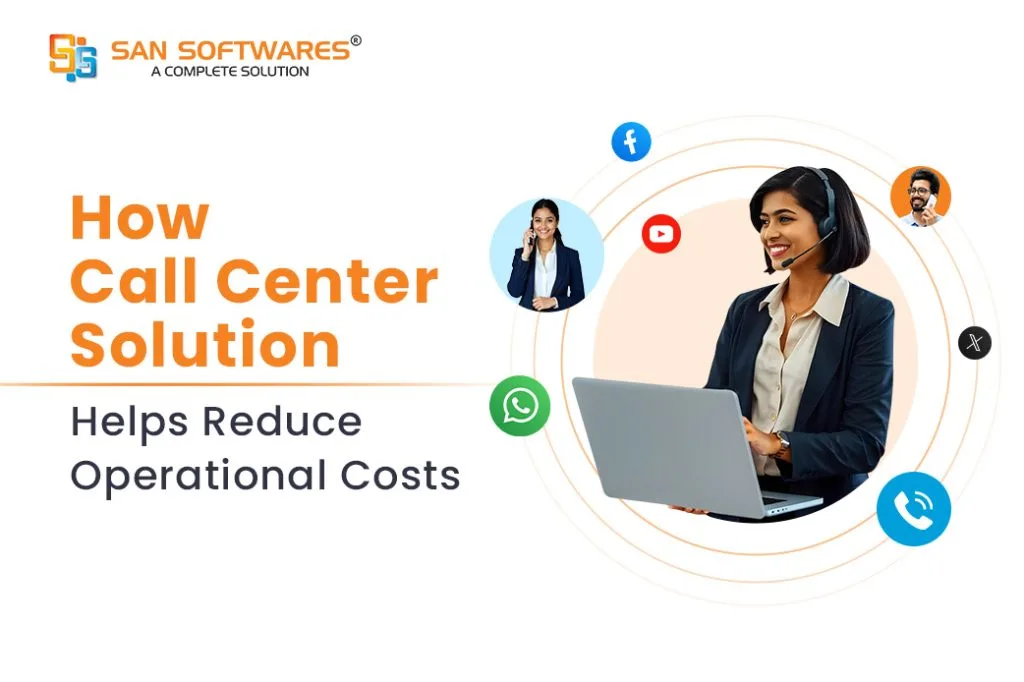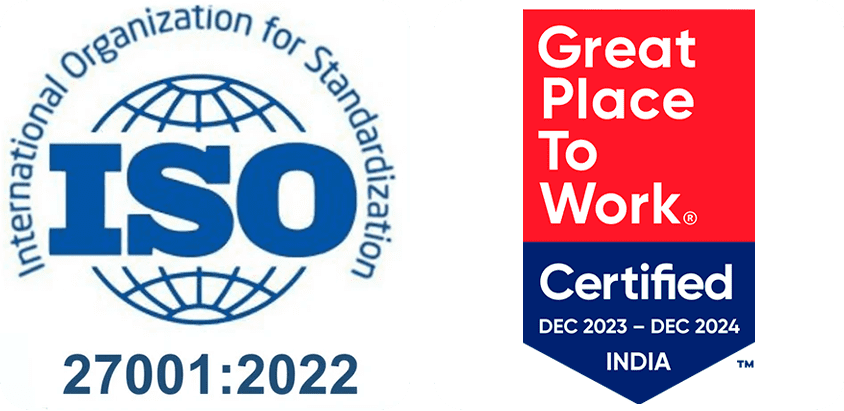
The costs of the Call Center Solution are continually rising as its performance improves and upgrades are implemented. While the job in a call center ultimately revolves around providing resolutions, increasing call handling time can potentially lead to higher operational expenses. It requires considerable effort while simultaneously maintaining consistency and quality.
Telecalling Software helps decrease this problem most efficiently and conveniently. Interactive calling software like SanCCS assists call center agents by facilitating calls and chats, and it also serves as a self-service platform for customers.
In this blog, let’s explore how SanCCS Call Center Software reduces operational expenses.
Running a call center in 2026 involves managing hundreds of agents while answering queries efficiently and controlling costs. Traditional call centers often struggle with giant expenses due to staffing, training, infrastructure, and errors.
Here is where modern Telecalling Software comes to play. They don’t just improve customer service; they directly help businesses cut operational expenses without compromising on quality.
Here’s why adopting call center software is essential for reducing expenses.
Here’s a look at how call centers are cutting costs without compromising service quality.
Call routing connects customers to the right agent based on their specific needs and the agent’s expertise. This reduces call transfers and escalations, which results in faster resolutions.
When FCR rates improve, businesses spend much less money and time handling calls repetitively. Intelligent routing ensures that each interaction is efficient, ultimately lowering operational expenses while boosting customer satisfaction.
Switching to cloud-based call center solution platforms mitigates the need for expensive on-premises hardware and reduces ongoing maintenance expenses. Cloud solutions offer scalable resources, so businesses can easily adjust capacity based on demand.
Moreover, the integration of analytics in cloud platforms helps monitor agent performance and call trends, enabling managers to make informed decisions that optimize workflows and reduce unnecessary expenses.
Trained agents handle calls more efficiently while reducing the average handle time and increasing first call resolution. Modern Telecalling Software leverages AI-powered tools to support agents in real time, offering all kinds of suggestions and knowledge during the communication.
It not only minimizes mistakes but also improves overall productivity, meaning fewer resources are spent on correcting them or repeating work.
Businesses adopting remote work for call center agents can make significant savings on office space, equipment, and utilities. Cloud call centers also provide access to more talent, which can reduce recruitment and training costs.
Remote setups allow businesses to operate flexibly, scaling up or down without incurring additional overhead.
Advanced analytics tools track important metrics such as average handling time, customer satisfaction, and first call resolution. By analyzing this data, call centers can identify inefficiencies and implement targeted improvements.
Data-driven strategies optimize operations, minimize waste, and ensure effective use of every resource, resulting in significant cost savings.
Artificial Intelligence (AI) is transforming call centers by handling repetitive tasks such as answering common customer queries, processing transactions, and managing basic support requests. By automating these routine interactions, businesses can reduce the workload on human agents, allowing them to focus on complex issues.
For example, AI chatbots and voice assistants can manage high volumes of calls efficiently, which reduces labor costs improves response times. Automation also minimizes errors, ensuring a consistent customer experience.
In 2026, an effective Call Center Solution is more than just a tool for customer support; it is a strategic investment in cost efficiency. By leveraging AI, cloud technology, intelligent routing, data analytics, and flexible workforce models, businesses can reduce operational expenses while enhancing the overall customer experience.
The future of call centers lies in smart, data-driven, and automated Telecalling Software solutions that deliver more value at lower costs. Organizations that adopt these technologies will save money and stay ahead in the competitive landscape of customer service.
Cloud-based contact center is an agent-to-customer communication system hosted on the internet instead of traditional on-premise hardware. It allows businesses to manage customer communication over multiple channels, voice, video, email, SMS, or social media channels, without needing any expensive hardware infrastructure.
The common challenges include:
Most call centers use a combination of both contact center software + workforce management tools. The popular choices are:
And more…
SAN Softwares is a company dedicated to providing complete software solutions to Corporate and end-user customers.

SAN Softwares is a company dedicated to providing complete software solutions to Corporate and end-user customers.
